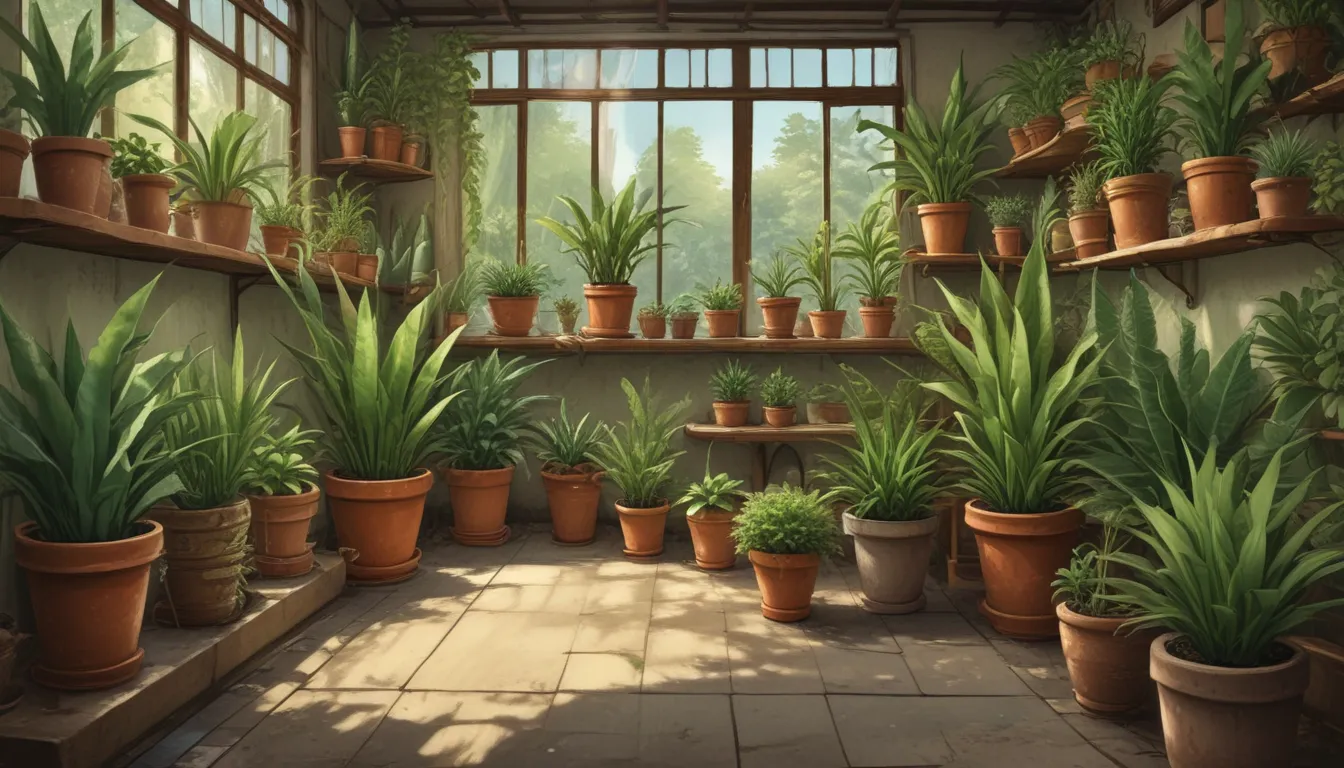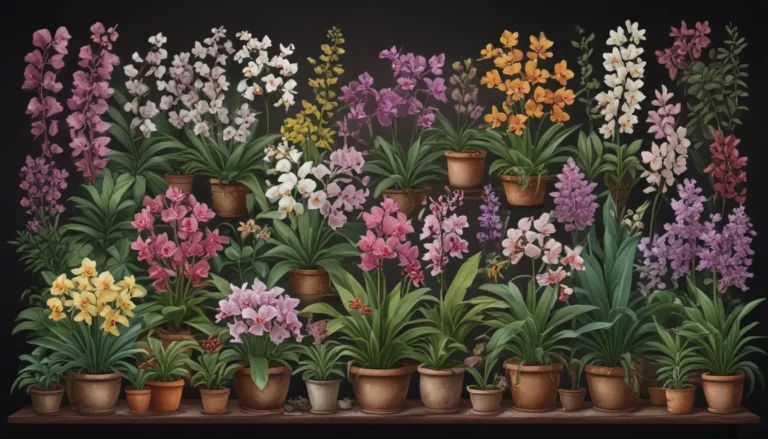Comprehensive Guide to Growing and Caring for Snake Plants

Everything You Need to Know About Sansevieria Trifasciata (Mother-in-Law’s Tongue)
Have you ever noticed that artificial snake plants are hard to come by? That’s because the real thing is practically impossible to kill, thriving in almost any growing condition.
But let’s face it, our readers don’t need a step-by-step guide on growing Sansevieria. Instead, let’s focus on what not to do with these hardy plants. Like many houseplants, snake plants thrive on neglect and don’t appreciate too much love and attention.
What You’ll Discover
- Thrives on Neglect
- Care and Water Requirements
- Understanding Why They Need Little Water
- Lighting Preferences
- Dealing with Common Pests
- Propagating Techniques
- Proper Repotting
- Different Types of Snake Plants
Thrives on Neglect
Yes, you read that right. Snake plants don’t need constant pruning or excessive watering. They can survive in deep shade or full sun, and even endure freezing temperatures. Repotting is not a frequent task either; these plants can go years without needing a new pot.
While they thrive in adverse conditions, snake plants can be easily divided to create multiple plants, each thriving independently.
Care and Water Requirements
Unlike many houseplants that require a strict watering schedule, snake plants can withstand weeks without a drink. In fact, overwatering is their biggest threat, especially during the winter months. A splash of water every few weeks is sufficient to keep these plants healthy.
During warmer months, watering every few weeks to a month is adequate. The frequency of watering depends on the plant’s location. Sunnier spots require more regular watering, while shady areas can go longer without a drink.
Fertilizing snake plants is optional, but if you choose to do so, use half the recommended rate and frequency. Avoid fertilizing during the winter to prevent damage to the plant.
Why So Little Water?
Snake plants have evolved a unique metabolic process called crassulacean acid metabolism. Unlike other plants that lose water through transpiration, snake plants open their stomata only at night, conserving water and making them less reliant on frequent watering.
Give Me Light! Or Don’t, Whatever
Surprisingly, snake plants can thrive in full sun or deep shade, making them versatile for any lighting conditions in your home.
Something’s Bugging Your Sansevieria?
Common pests like mealybugs and spider mites are the main threats to snake plants. A simple solution of rubbing alcohol or chemical sprays can help control these pests. Exposure to cold temperatures may lead to leaf scarring, but it’s mostly cosmetic and doesn’t harm the plant.
But Wait, There’s More
Aside from being easy to care for, snake plants are great air purifiers. According to the NASA Clean Air Study, these plants can remove toxins from indoor spaces, making them beneficial for your home environment.
Propagation
Propagating snake plants is easy using methods like leaf cuttings, root divisions, offsets, pups, or seeds. For more detailed tips, check out our snake plant propagation guide.
Repotting
Due to their vigorous growth, snake plants often outgrow their pots, sometimes cracking them. When repotting, choose a container one size larger than the current one. A cactus potting mix is ideal for these plants.
Common Snake Plant Types
With over 70 subspecies and hundreds of varieties, snake plants offer a range of options. Here are a few common types:
S. trifasciata
The classic all-green variant with a snake-like appearance and thin leaves. It thrives in deep shade and is easy to grow.
S. trifasciata ‘Laurentii’ (Golden)
This yellow-edged variety is the most recognizable, growing well in Zones 9 to 11. The yellow hue intensifies in sunlight and diminishes in shade.
S. trifasciata ‘Gold Hahnii’
A compact version known as the ‘Birdsnest’ for its resemblance to a bird’s nest. Ideal for small spaces and windowsills.
S. trifasciata ‘Moonshine’
Features silvery-toned, dagger-shaped leaves that provide a modern touch to any space. Perfect for contemporary or mid-century modern decor.
So Long, Sansevieria
In conclusion, snake plants are the perfect houseplants for beginners and seasoned gardeners alike. Their low maintenance, air-purifying qualities, and ease of propagation make them a delightful addition to any indoor space.
If you’re looking to add some color to your collection, consider plants like the croton. And for pet-friendly options, check out our guide on non-toxic houseplants.
Don’t forget to share your tips and questions in the comments below. Happy gardening!
For more houseplant care tips, explore these helpful resources:
– Reasons and Fixes for Snake Plant Leaves Curling
– How to Manage Invasive Snake Plants Outdoors
– The Best Tall Houseplants: 25 Tree-Like Plants to Grow Indoors





